KETCHAN Induction has been researching induction heating technology since 2000 and has more than 15 years of experience in induction melting furnace production. We have an 8000 square plant. 290 people team, 15% of them have a PhD degree. 35% have been with our company for more than 10 years.
KETCHAN’s induction melting furnaces’ power range is 15kw-3000kw, the maximum temperature can reach 2000℃, and the output of each furnace is 3kg-5 tons (different metals will have different outputs).
KETCHAN’s furnaces can be used to melt precious metals such as gold, silver, and platinum in jewelry stores, to smelt high-melting-point metals such as titanium alloys, magnesium alloys, and nickel alloys in laboratories, and to recycle and cast copper, iron, aluminum, and steel in heavy industry.
KETCHAN Induction focuses on producing environmentally friendly, energy-saving, and high-safety products for our customers to help each user improve the production environment and increase productivity.
Induction Melting Furnaces for Sale
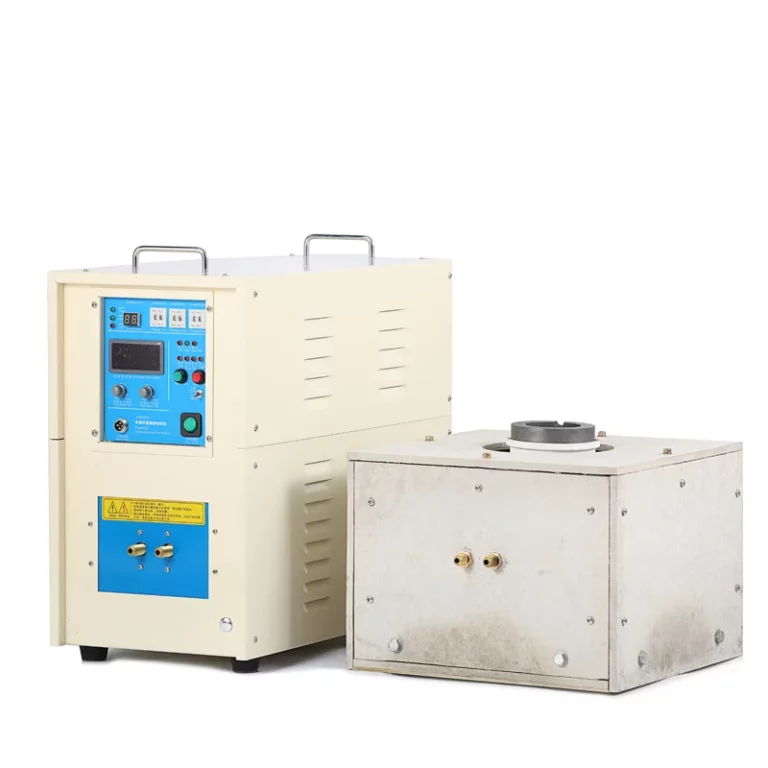
Induction Melting Furnace
1 Digital induction melting furnace
2 Fast induction melting speed
3 Good working environment
4 Can 24 hours continuous working
5 High
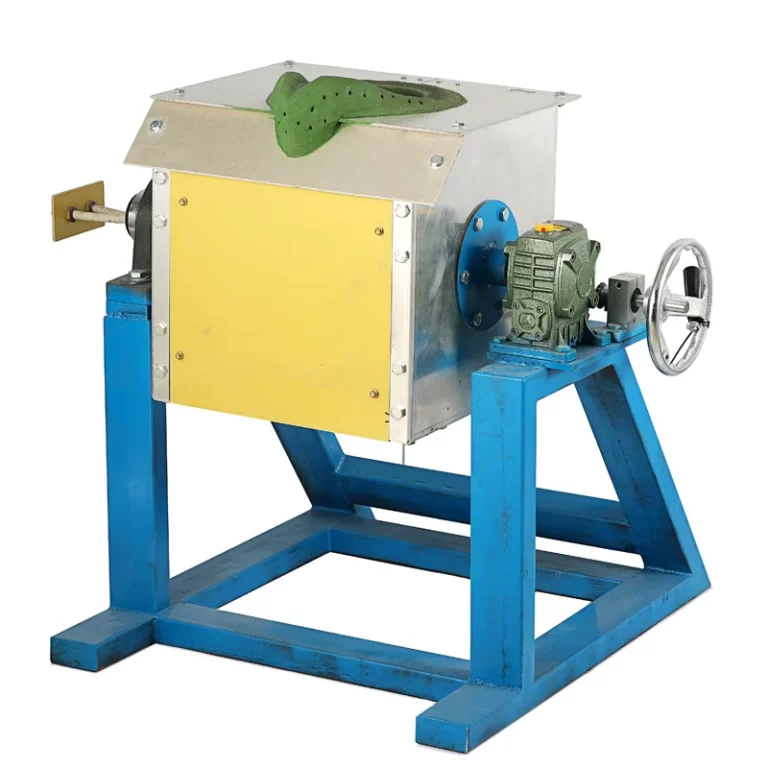
IGBT Induction Melting Furnace
1 Siemens IGBT induction melting furnace
2 High melting temperature smart controller
3 Perfect self protection functions
4 One button operation
5
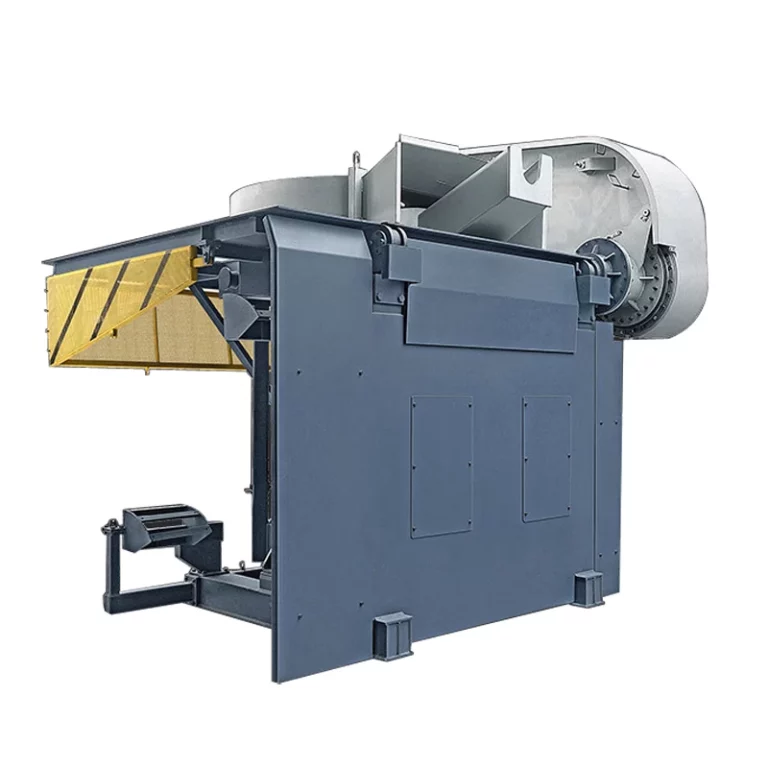
Hydraulic Tilting Melting Furnace
1 Large capacity high toughness furnace design
2 Strong customization capabilities to meet a variety of needs
3 This hydraulic tilting melting furnace that can pour
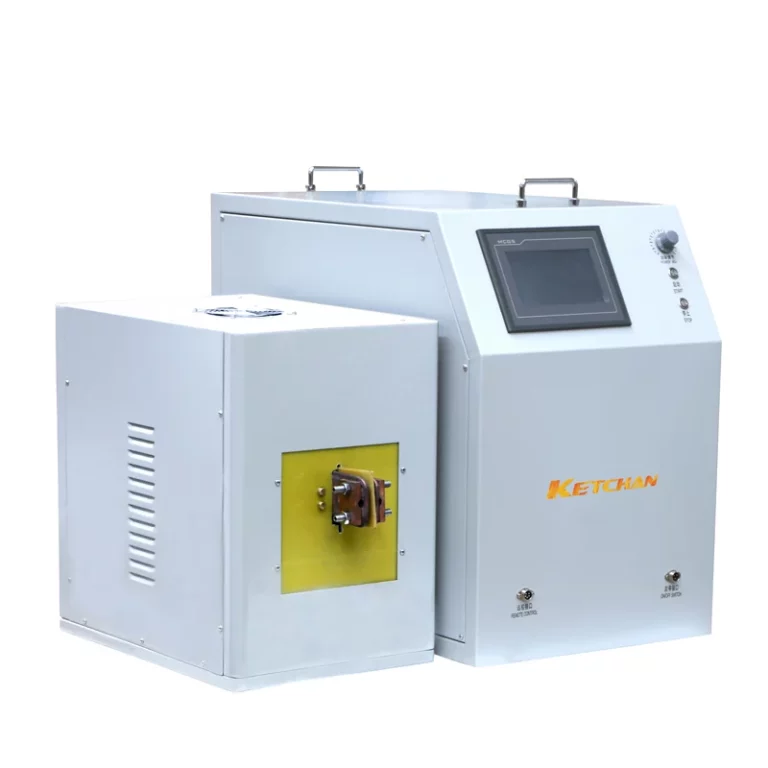
Medium Frequency Induction Furnace
1 IGBT medium frequency induction furnace
2 Frequency range from 0 1 20KHZ
3 Mostly used in metal forging and melting
4 Match temperature
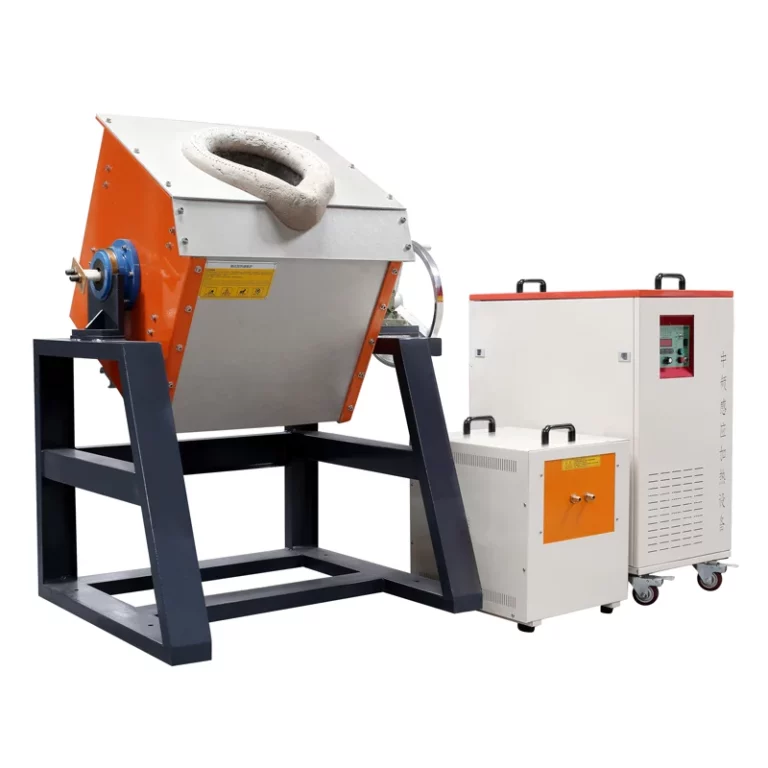
Medium Frequency Induction Melting Furnace
1 Medium frequency induction melting furnace
2 Induction control melting temperature
3 Electromagnetic stirring function
4 Fast melting speed uniform melting result
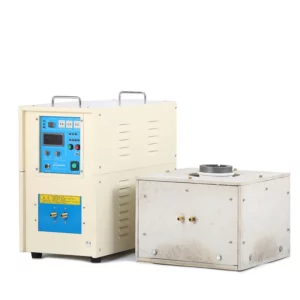
Induction Melting Furnace
1. Digital induction melting furnace.
2. Fast induction melting speed.
3. Good working environment.
4. Can 24 hours continuous working.
5. High melting temperature 1500 degrees.
6. Has CE, SGS, and ISO certification.
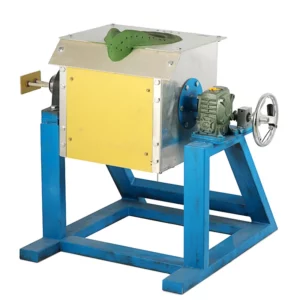
IGBT Induction Melting Furnace
1. Siemens IGBT induction melting furnace.
2. High melting temperature, smart controller.
3. Perfect self-protection functions.
4. One button operation.
5. 24 hours continuously working.
6. Qualified manufacturer, perfect after-sales.

Hydraulic Tilting Melting Furnace
1. Large capacity, high toughness furnace design.
2. Strong customization capabilities to meet a variety of needs.
3. This hydraulic tilting melting furnace that can pour liquid completely without touching the crucible.
4. Digital control, system stability.Modular design, simple maintenance.
5. No flame, metal induction heating, energy saving.
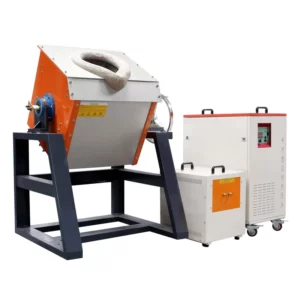
Medium Frequency Induction Melting Furnace
1. Medium frequency induction melting furnace.
2. Induction control melting temperature.
3. Electromagnetic stirring function.
4. Fast melting speed, uniform melting result.
5. Small volume, long using life.
6. With CE, SGS, ISO Certification.
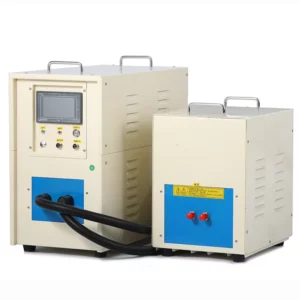
High Frequency Induction Furnace
1. IGBT high frequency induction furnace.
2. Fast heating speed, low start voltage.
3. Adjustable power level,wide applications.
4. More than 20 years induction manfacturer.
5. Support customize different voltage level.
6. With CE,SGS, ISO certifications.
Free technical advice. The experienced engineering team is ready for you!
Features
- Faster melting rate: Induction melting furnaces can heat metal rapidly to its melting point by inducing an oscillating magnetic field that generates an electromagnetic field inside the metal. This causes eddy currents that heat the metal by Joule heating and magnetic hysteresis.
- More energy efficient: Induction melting furnaces do not require an external heat source, such as a flame or an arc, to melt the metal. This reduces the energy loss and the fuel consumption compared to other methods of melting.
- Greater precision and accuracy: Induction melting furnaces can control the composition and quality of the metal by adjusting the frequency, power, and duration of the electric current. They can also remove impurities and unwanted elements from the metal by creating a vacuum or an inert gas atmosphere.
- Better temperature control: Induction melting furnaces can regulate the temperature of the metal by varying the intensity of the electric current. They can also prevent overheating and oxidation of the metal by maintaining a low pressure or a protective gas environment.
- Easier to operate: Induction melting furnaces are simple and convenient to use, as they do not require complex equipment or skilled operators. They can be automated and controlled remotely by using sensors and computer systems.
- Safer to use: Induction melting furnaces do not produce flames, sparks, or harmful emissions that can pose a fire or health hazard. They also reduce the noise and vibration levels that can affect the workers and the surroundings.
- Emit less pollution: Induction melting furnaces do not generate smoke, dust, or slag that can contaminate the environment. They also reduce the greenhouse gas emissions and the carbon footprint of the metal production process.
- Requires less maintenance: Induction melting furnaces have fewer moving parts and wear out less than other types of melting furnaces. They also have a longer lifespan and a lower operating cost.
Optional Equipment
- Foot switch: This is a device that allows the operator to control the power supply of the induction melting machine by using their foot. It can enhance the safety and convenience of the melting process, as well as prevent accidental activation or deactivation of the machine.
- Custom flexible cables: These are cables that connect the power supply and the induction coil. They can be customized to have different lengths, diameters, and insulation materials, depending on the needs of the application. They can also withstand high temperatures and currents, as well as provide flexibility and durability.
- Cooling water system: This is a system that circulates water through the power supply and the induction coil to cool them down and prevent overheating. It can also remove any impurities or debris from the water to ensure optimal performance and longevity of the equipment.
- Automatic loading and unloading system: This is a system that uses mechanical or pneumatic devices to load and unload the metal or alloy into and out of the induction melting machine. It can increase the productivity and efficiency of the melting process, as well as reduce the labor cost and human error.
- Conveyor system: This is a system that transports the metal or alloy from one stage to another in the melting process. It can consist of belts, rollers, chains, or other mechanisms that move the material along a predefined path. It can also synchronize with other equipment to ensure smooth and continuous operation.
- PLC remote control system: This is a system that uses a programmable logic controller (PLC) to monitor and control the parameters and functions of the induction melting machine. It can communicate with sensors, actuators, displays, and other devices to adjust the power, frequency, temperature, pressure, time, and other variables of the melting process. It can also store data, perform diagnostics, and display alarms or warnings.
Applications
- Investment casting: This is a process of creating metal parts by pouring molten metal into a mold that has been made from a wax model. Induction melting furnaces can provide precise temperature control and fast melting of metals for this process.
- Precious metals melting and refining: This is a process of extracting and purifying metals such as gold, silver, platinum, and palladium from ores or scrap materials. Induction melting furnaces can offer high efficiency, low contamination, and easy operation for this process.
- Copper melting: This is a process of producing copper from raw materials such as copper ore, copper scrap, or copper alloys. Induction melting furnaces can offer high power density, fast heating, and uniform temperature distribution for this process.
- Alloy manufacturing: This is a process of creating new metals or alloys by mixing different elements or metals in specific proportions. Induction melting furnaces can offer accurate composition control, homogeneous mixing, and reduced oxidation for this process.
- Aluminum melting: This is a process of producing aluminum from raw materials such as bauxite, alumina, or aluminum scrap. Induction melting furnaces can offer low energy consumption, high productivity, and environmental friendliness for this process.
- Vacuum induction melting: is used for producing metals and alloys with high melting points and special properties, and is used for producing small batches of metals or alloys with high quality and flexibility.
Industries
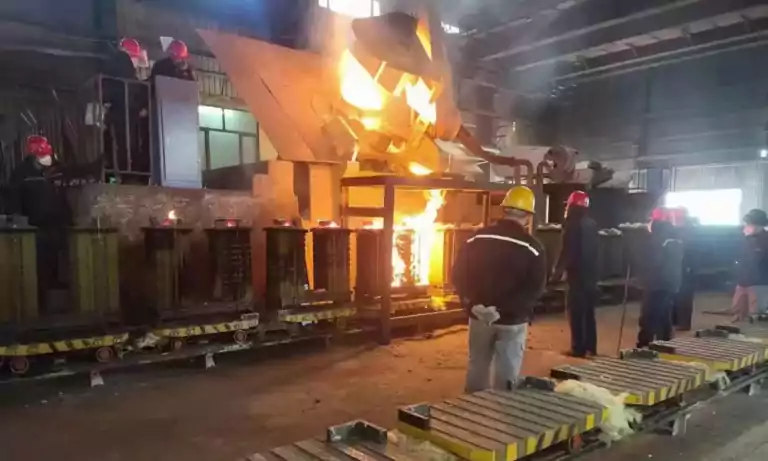
Recycling and recasting of scrap iron and steel
Induction melting also offers high efficiency, low energy consumption, and fast heating compared to other melting methods. Produces less dust, CO2, NOx, and slag than other steelmaking processes. Can provide homogeneous mixing, reduced oxidation, and surface hardening of the metal. Better quality and performance of the final products.
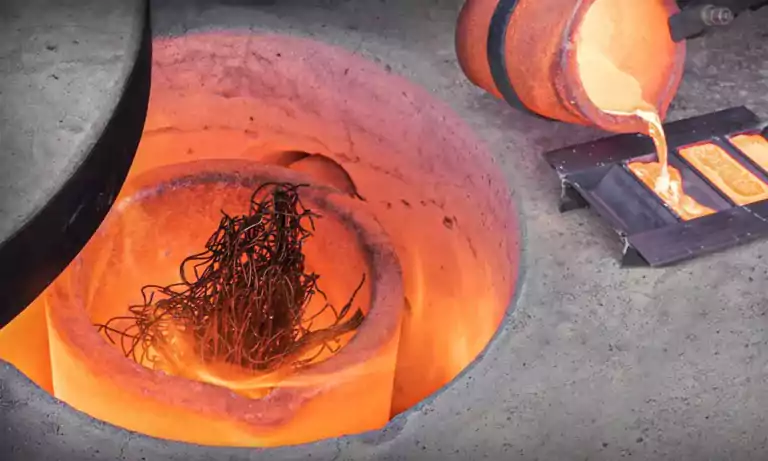
Copper, brass, and bronze recycling and recasting
These metals or alloys are highly conductive and are often used for electrical wiring, pipes, or decorative purposes. A natural stirring effect is produced in the molten metal due to the electromagnetic force. Induction melting furnace can provide these metals with rapid, even heating, precise metallurgical and temperature control, and an environmentally friendly process.
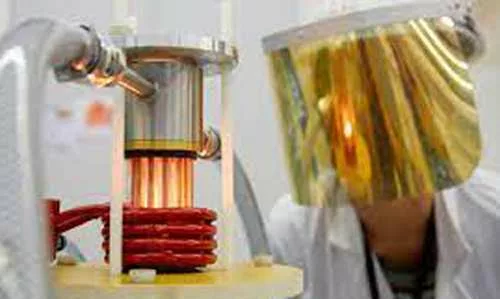
Alloy experiment with induction melting
Providing precise temperature control, fast heating, homogeneous mixing, and reduced oxidation. Creating new alloys by mixing different elements or metals in specific proportions Producing alloys with high melting points and special properties, such as titanium, nickel, tungsten, molybdenum, Co-Al-W superalloys, etc. Extracting and purifying precious metals such as gold, silver, platinum, and palladium from ores or scrap materials.
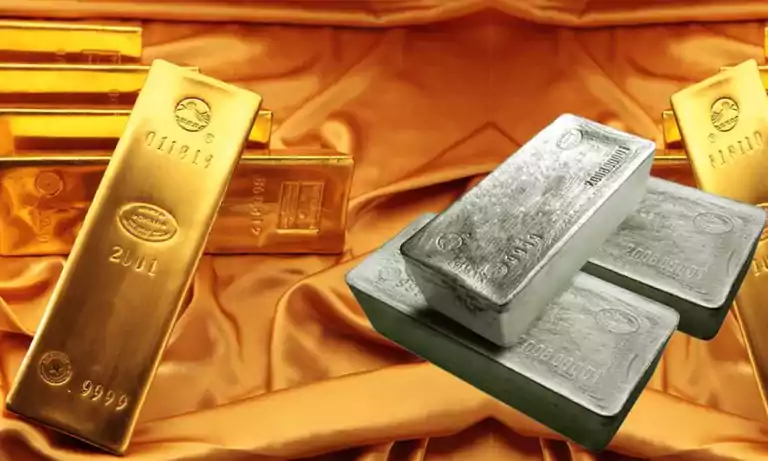
Precious metals purification and recasting
Gold, Silver, Platinum and Palladium: Conductive crucibles made of graphite, silicon carbide or graphite mixtures, or insulating crucibles made of ceramic materials are suitable for extraction and purification of these precious metals from ores or scrap, usually by induction melting.
FAQ
What metals can be induction melted?
According to our research, induction melting can be used to heat and melt various metals and alloys, both ferrous and non-ferrous. Some examples of metals that can be induction melted are:
- Gold, silver, platinum, and palladium
- Copper, brass, and bronze
- Iron and steel
- Aluminum and its alloys
- Titanium and its alloys
There are also other metals or alloys that can be induction melted, such as nickel, zinc, lead, tin, magnesium, cobalt, tungsten, molybdenum, etc. Induction melting can be used to create new alloys by mixing different elements or metals in specific proportions.
How to choose the right induction melting furnace?
Choosing the right induction melting furnace is an important decision for any foundry that wants to use this method of heating and melting metals or alloys. There are several factors to consider when buying or selecting an induction melting furnace, such as:
- The size and capacity of the furnace: Induction melting furnaces are available in different sizes, ranging from small to large. Depending on the size of your melting foundry, you should select an induction furnace with a capacity that meets or exceeds the quantity of metal that you want to melt³. Typically, induction furnaces occupy less space and are therefore suitable for use in foundries of all sizes.
- The type and frequency of the furnace: There are two basic types of induction melting furnaces: coreless and channel. Coreless furnaces use a coil of copper tubing that surrounds the crucible and creates an electromagnetic field that heats and melts the metal. Channel furnaces use a loop of molten metal that surrounds an iron core and acts as a secondary coil that transfers heat to the crucible. Coreless furnaces are more flexible and can melt various metals and alloys, while channel furnaces are more efficient and can melt large quantities of metals with high conductivity¹. The frequency of the furnace refers to the number of cycles per second of the alternating current that passes through the coil. The frequency can range from low (50 or 60 Hz) to high (up to 10 kHz). The frequency affects the depth of penetration, stirring, and heating rate of the metal. Generally, higher frequencies are used for smaller furnaces and lower frequencies are used for larger furnaces.
- The power and energy consumption of the furnace: The power of the furnace refers to the amount of electrical energy that is converted into heat energy for melting. The power can be measured in kilowatts (kW) or megawatts (MW). The power affects the melting speed, productivity, and quality of the metal. The energy consumption of the furnace refers to the amount of electrical energy that is used per unit weight of metal melted. The energy consumption can be measured in kilowatt-hours per ton (kWh/t) or megajoules per kilogram (MJ/kg). The energy consumption affects the operating cost, efficiency, and environmental impact of the furnace. Generally, induction melting furnaces have lower energy consumption than other types of furnaces, such as arc or gas furnaces.
- The durability and maintenance of the furnace: The durability of the furnace refers to how long the furnace can last and perform reliably under harsh conditions. The durability depends on the quality of the materials, components, and design of the furnace. The maintenance of the furnace refers to how often and how easily the furnace needs to be repaired, cleaned, or replaced. The maintenance depends on the wear and tear, corrosion, and contamination of the furnace. Generally, induction melting furnaces have high durability and low maintenance compared to other types of furnaces, such as arc or gas furnaces.
- The safety and environmental standards of the furnace: The safety of the furnace refers to how well the furnace protects the operators, workers, and equipment from potential hazards, such as electric shocks, explosions, spills, or burns. The safety depends on the features, controls, and procedures of the furnace. The environmental standards of the furnace refer to how well the furnace reduces or eliminates harmful emissions, wastes, or noises that may affect the health or quality of life of people or animals. The environmental standards depend on the regulations, technologies, and practices of the furnace. Generally, induction melting furnaces have high safety and environmental standards compared to other types of furnaces, such as arc or gas furnaces.
How to maintain induction melting furnaces?
- Inspecting and replacing the refractory linings of the furnace, which protect the coil from molten metal and heat. The refractory linings can wear out over time and cause leaks or ground faults. The frequency of inspection and replacement depends on the type and temperature of the metal being melted.
- Checking and cleaning the water-cooling system, which prevents overheating of the induction coil and other components. The water-cooling system should be free of dirt, scale, corrosion, and leaks1. The water quality, flow rate, and pressure should also be monitored and adjusted as needed.
- Testing and calibrating the ground fault detection system, which protects the operator and the equipment from electric shocks. The ground fault detection system should be operational and sensitive enough to detect any leakage currents in the induction circuit. The ground fault detection system should never be bypassed or disabled, as this can pose a serious safety hazard.
- Examining and repairing the induction coil, which generates the electromagnetic field that heats the metal. The induction coil should be free of cracks, breaks, or deformations that can affect its performance or efficiency. The coil connections, insulation, and supports should also be checked for any damage or wear.
These are some of the basic preventive maintenance tasks for induction melting machines. For more detailed information, you can refer to KETCHAN‘s induction melting furnace manual.
